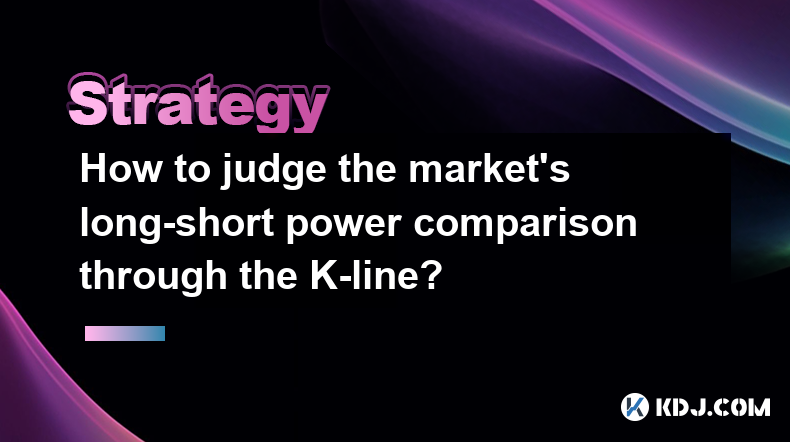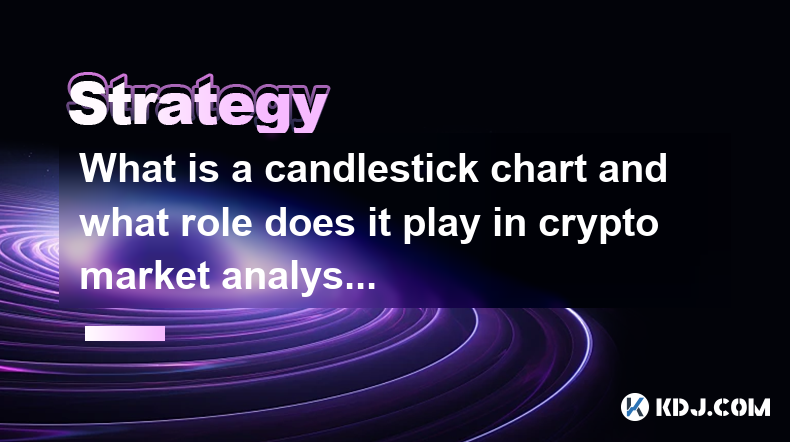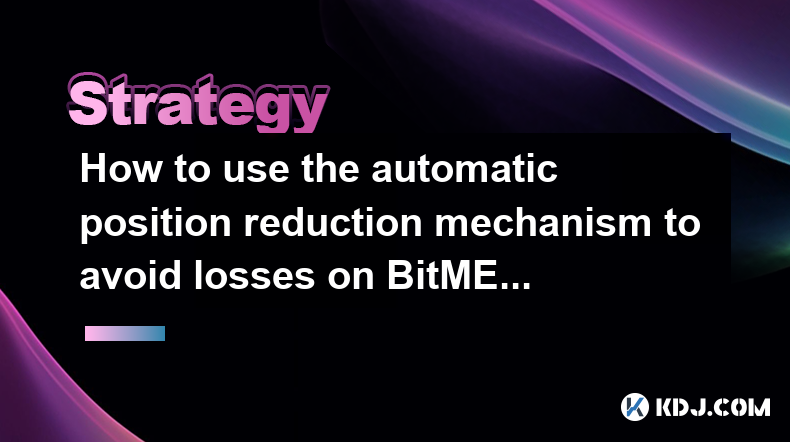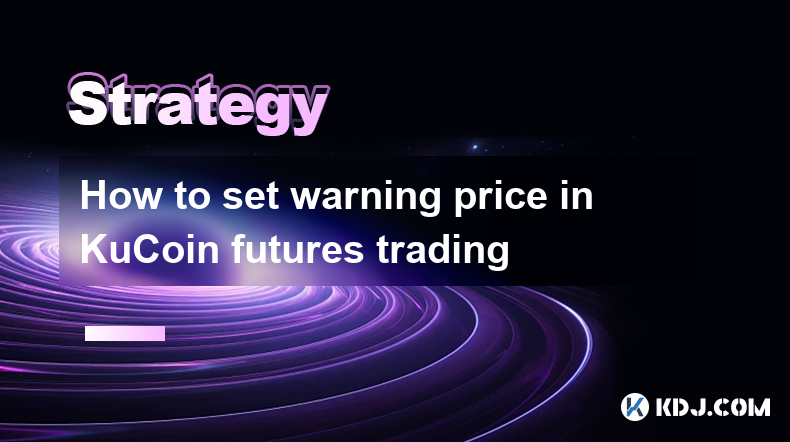-
 Bitcoin
Bitcoin $83,301.7640
-2.11% -
 Ethereum
Ethereum $1,799.9842
-4.25% -
 Tether USDt
Tether USDt $0.9999
0.00% -
 XRP
XRP $2.0278
-4.59% -
 BNB
BNB $596.2228
-1.03% -
 USDC
USDC $1.0001
0.01% -
 Solana
Solana $116.8645
-7.35% -
 Dogecoin
Dogecoin $0.1617
-6.43% -
 Cardano
Cardano $0.6450
-5.42% -
 TRON
TRON $0.2321
-2.68% -
 Toncoin
Toncoin $3.6664
-9.62% -
 UNUS SED LEO
UNUS SED LEO $9.4145
0.16% -
 Chainlink
Chainlink $12.8328
-5.91% -
 Stellar
Stellar $0.2589
-3.37% -
 Avalanche
Avalanche $18.1600
-6.54% -
 Sui
Sui $2.2723
-8.51% -
 Shiba Inu
Shiba Inu $0.0...01214
-1.89% -
 Hedera
Hedera $0.1611
-4.12% -
 Litecoin
Litecoin $82.9489
0.17% -
 Polkadot
Polkadot $3.9725
-3.23% -
 MANTRA
MANTRA $6.2949
0.51% -
 Bitcoin Cash
Bitcoin Cash $302.6917
-1.17% -
 Bitget Token
Bitget Token $4.5396
-1.25% -
 Dai
Dai $1.0000
0.00% -
 Ethena USDe
Ethena USDe $0.9998
-0.01% -
 Pi
Pi $0.6249
-7.33% -
 Monero
Monero $213.0395
-1.33% -
 Hyperliquid
Hyperliquid $11.5526
-14.44% -
 Uniswap
Uniswap $5.9462
-2.98% -
 Aptos
Aptos $5.2007
-2.20%
Is Bitcoin investment risky?
Despite Bitcoin's inherent price volatility, understanding its historical performance and employing sound investment strategies can help investors mitigate risks and potentially maximize their returns.
Jan 12, 2025 at 01:20 pm

Key Points
- Understanding Bitcoin's Volatility and Historical Performance
- Assessing Short-Term and Long-Term Risk Factors
- Examining Market Sentiment and Regulation
- Analyzing Analytical Tools for Risk Assessment
- Evaluating Investment Strategies and Mitigation Techniques
Understanding Bitcoin's Volatility and Historical Performance
Bitcoin, as a decentralized digital asset, is renowned for its inherent price volatility. Historical data reveals periods of significant price fluctuations, often surpassing traditional financial markets. Notably, Bitcoin's price is influenced by a complex interplay of factors, including:
- Supply and demand dynamics: Limited supply and increasing demand can drive prices higher, while decreased demand or increased supply can lead to price corrections.
- Speculative trading: Bitcoin's high volatility attracts speculative traders, whose buying and selling can amplify price movements.
- Macroeconomic events: Global economic conditions, such as interest rate changes or economic uncertainty, can impact Bitcoin's value.
- Regulatory developments: Changes in regulations or legal frameworks can affect Bitcoin's accessibility and demand, thus influencing its price.
Understanding this volatility is crucial for investors to assess potential risks and rewards. While historical performance provides insights, it is essential to recognize that past performance does not guarantee future results.
Assessing Short-Term and Long-Term Risk Factors
Evaluating Bitcoin investment risk involves considering both short-term and long-term factors.
Short-Term Risks:
- Price fluctuations: Bitcoin's rapid price movements can lead to significant gains or losses within a short period.
- Market manipulation: Occasional allegations of market manipulation or fraudulent trading practices can erode trust and lead to price volatility.
- Hacking and theft: Cryptocurrency exchanges and wallets have faced security breaches and theft, highlighting the importance of choosing reputable platforms.
Long-Term Risks:
- Regulatory uncertainty: The evolving regulatory landscape surrounding cryptocurrencies can create uncertainty and potential legal risks.
- Technological obsolescence: Bitcoin's underlying technology may face competition from newer and more efficient blockchain protocols.
- Adoption challenges: Widespread adoption of Bitcoin for mainstream transactions and payments remains a long-term goal.
Examining Market Sentiment and Regulation
Market sentiment and regulatory developments play a vital role in shaping Bitcoin investment risks.
Market Sentiment:
- Bull markets: Periods characterized by widespread optimism and rising prices create a sense of confidence and encourage investment.
- Bear markets: Periods of prolonged price decline and negative sentiment can lead to investor fear and uncertainty.
- Social media sentiment: Sentiment analysis of social media discussions can provide insights into market sentiment and potential price trends.
Regulation:
- Legal frameworks: Governments worldwide are developing regulations for cryptocurrencies, which can impact Bitcoin's accessibility and legitimacy.
- Anti-money laundering (AML) and know-your-customer (KYC) measures: Regulatory requirements aimed at combating illicit activities can increase compliance costs and reduce anonymity.
- Taxation: Bitcoin trading and investments may be subject to taxation, which can affect profitability.
Analyzing Analytical Tools for Risk Assessment
To enhance risk assessment, investors can utilize analytical tools and market indicators:
- Technical analysis: Studying historical price charts to identify trends, patterns, and potential support and resistance levels.
- Fundamental analysis: Examining factors such as blockchain fundamentals, development activity, and adoption metrics to evaluate Bitcoin's long-term value.
- Sentiment analysis: Aggregating data from social media, news, and other sources to gauge market sentiment and potential price movements.
- Volatility indicators: Monitoring metrics like the Bollinger Bands or Moving Average Convergence Divergence (MACD) to assess price volatility and identify potential trading opportunities.
- Risk-reward analysis: Balancing potential profits against potential losses to determine appropriate investment strategies.
Evaluating Investment Strategies and Mitigation Techniques
Managing Bitcoin investment risks requires a combination of prudent investment strategies and risk mitigation techniques.
Investment Strategies:
- Dollar-cost averaging (DCA): Investing regular amounts over time to reduce the impact of price volatility.
- Value investing: Acquiring Bitcoin when it is perceived to be undervalued based on fundamental analysis.
- Hedging strategies: Using financial instruments or alternative investments to offset potential losses.
Risk Mitigation Techniques:
- Diversification: Allocating investments across different assets and cryptocurrencies to reduce portfolio risk.
- Stop-loss orders: Setting price triggers to automatically sell Bitcoin if it falls below a specified level, limiting potential losses.
- Insurance: Exploring cryptocurrency insurance options to protect against theft or hacking.
- Cold storage: Storing Bitcoin in offline wallets or hardware devices to enhance security and reduce the risk of cyberattacks.
FAQs
Q1. Is Bitcoin a safe investment?
A1. Bitcoin investment carries significant risk due to its volatility and other factors discussed in this article. While potential rewards exist, it is crucial to carefully assess one's risk tolerance and investment objectives before investing.
Q2. How do I minimize the risk of Bitcoin investment?
A2. Risk mitigation techniques include diversification, stop-loss orders, insurance, cold storage, and employing sound investment strategies such as dollar-cost averaging and value investing.
Q3. What factors influence Bitcoin's price?
A3. Bitcoin's price is influenced by supply and demand dynamics, speculative trading, macroeconomic events, and regulatory developments.
Q4. How do I stay updated on Bitcoin market trends?
A4. Monitoring market sentiment through social media, news, and technical analysis tools can help investors stay informed about market trends and potential price movements.
Q5. Is it too late to invest in Bitcoin?
A5. The optimal time to invest in Bitcoin depends on individual risk tolerance, investment objectives, and market conditions. Bitcoin's long-term potential remains a subject of discussion and analysis among investors and analysts.
Disclaimer:info@kdj.com
The information provided is not trading advice. kdj.com does not assume any responsibility for any investments made based on the information provided in this article. Cryptocurrencies are highly volatile and it is highly recommended that you invest with caution after thorough research!
If you believe that the content used on this website infringes your copyright, please contact us immediately (info@kdj.com) and we will delete it promptly.
- Sentient Launches Open-Source Deep Search (ODS), a New Era for Artificial Intelligence
- 2025-04-03 18:45:13
- Qubetics ($TICS), ImmutableX, and Filecoin Are Top 3 Cryptos to Buy in 2025
- 2025-04-03 18:45:13
- Bitcoin Market Momentum Stalled After US President Donald Trump Announced New Tariffs
- 2025-04-03 18:40:12
- Game Development Firm Enish Buys the Dip, Investing ¥100M in Bitcoin
- 2025-04-03 18:40:12
- The Memecoin Market Continues to Draw In Capital from Both Retail and Institutional Investors
- 2025-04-03 18:35:13
- The Erstwhile-Popular Memecoin, $PWEASE, Finds Its Market Cap and Holder Base Sinking
- 2025-04-03 18:35:13
Related knowledge

How to use the three crows candlestick combination to determine the market top?
Apr 03,2025 at 03:18pm
Three Black Crows are a classic K-line combination form that is often used to judge the top of the market in technical analysis. This pattern consists of three consecutive negative lines, the opening price of each negative line is within the entity of the previous K-line, and the closing price gradually decreases. This pattern usually appears at the end...

How to judge the market's long-short power comparison through the K-line?
Apr 03,2025 at 02:39pm
Judging the market's long-short power comparison through the K-line is an important skill in technical analysis. The K-line chart can not only show price changes, but also reflect the emotions and power comparison of market participants. This article will introduce in detail how to judge the market's long-short power comparison through K-lines. ...

What is a candlestick chart and what role does it play in crypto market analysis?
Apr 03,2025 at 02:26pm
K-line chart, also known as candle chart, is a form of chart used to display changes in the price of financial products. In the cryptocurrency market, K-line charts are widely used to analyze the price trends of digital assets such as Bitcoin and Ethereum. This article will introduce in detail the basic structure, types of K-line charts and their specif...

Forced liquidation price calculation in CoinEx futures trading
Apr 03,2025 at 05:35am
In CoinEx futures trading, understanding the forced liquidation price is crucial for managing risk and maintaining your positions. The forced liquidation price is the point at which your position is automatically closed to prevent further losses. This mechanism is designed to protect both the trader and the platform from negative account balances. The c...

How to use the automatic position reduction mechanism to avoid losses on BitMEX
Apr 03,2025 at 02:56am
Using the automatic position reduction mechanism on BitMEX can be a strategic approach to managing risk and avoiding potential losses in the volatile cryptocurrency market. This feature, also known as Auto Deleveraging (ADL), is designed to help traders by automatically reducing their positions in certain conditions. To effectively use this mechanism, i...

How to set warning price in KuCoin futures trading
Apr 03,2025 at 08:14am
Setting a warning price in KuCoin futures trading is an essential feature for managing risk and staying informed about market movements. This tool allows traders to receive notifications when the price of a futures contract reaches a specific level, helping them make timely decisions. To set a warning price, you need to navigate to the futures trading i...

How to use the three crows candlestick combination to determine the market top?
Apr 03,2025 at 03:18pm
Three Black Crows are a classic K-line combination form that is often used to judge the top of the market in technical analysis. This pattern consists of three consecutive negative lines, the opening price of each negative line is within the entity of the previous K-line, and the closing price gradually decreases. This pattern usually appears at the end...

How to judge the market's long-short power comparison through the K-line?
Apr 03,2025 at 02:39pm
Judging the market's long-short power comparison through the K-line is an important skill in technical analysis. The K-line chart can not only show price changes, but also reflect the emotions and power comparison of market participants. This article will introduce in detail how to judge the market's long-short power comparison through K-lines. ...

What is a candlestick chart and what role does it play in crypto market analysis?
Apr 03,2025 at 02:26pm
K-line chart, also known as candle chart, is a form of chart used to display changes in the price of financial products. In the cryptocurrency market, K-line charts are widely used to analyze the price trends of digital assets such as Bitcoin and Ethereum. This article will introduce in detail the basic structure, types of K-line charts and their specif...

Forced liquidation price calculation in CoinEx futures trading
Apr 03,2025 at 05:35am
In CoinEx futures trading, understanding the forced liquidation price is crucial for managing risk and maintaining your positions. The forced liquidation price is the point at which your position is automatically closed to prevent further losses. This mechanism is designed to protect both the trader and the platform from negative account balances. The c...

How to use the automatic position reduction mechanism to avoid losses on BitMEX
Apr 03,2025 at 02:56am
Using the automatic position reduction mechanism on BitMEX can be a strategic approach to managing risk and avoiding potential losses in the volatile cryptocurrency market. This feature, also known as Auto Deleveraging (ADL), is designed to help traders by automatically reducing their positions in certain conditions. To effectively use this mechanism, i...

How to set warning price in KuCoin futures trading
Apr 03,2025 at 08:14am
Setting a warning price in KuCoin futures trading is an essential feature for managing risk and staying informed about market movements. This tool allows traders to receive notifications when the price of a futures contract reaches a specific level, helping them make timely decisions. To set a warning price, you need to navigate to the futures trading i...
See all articles























































































